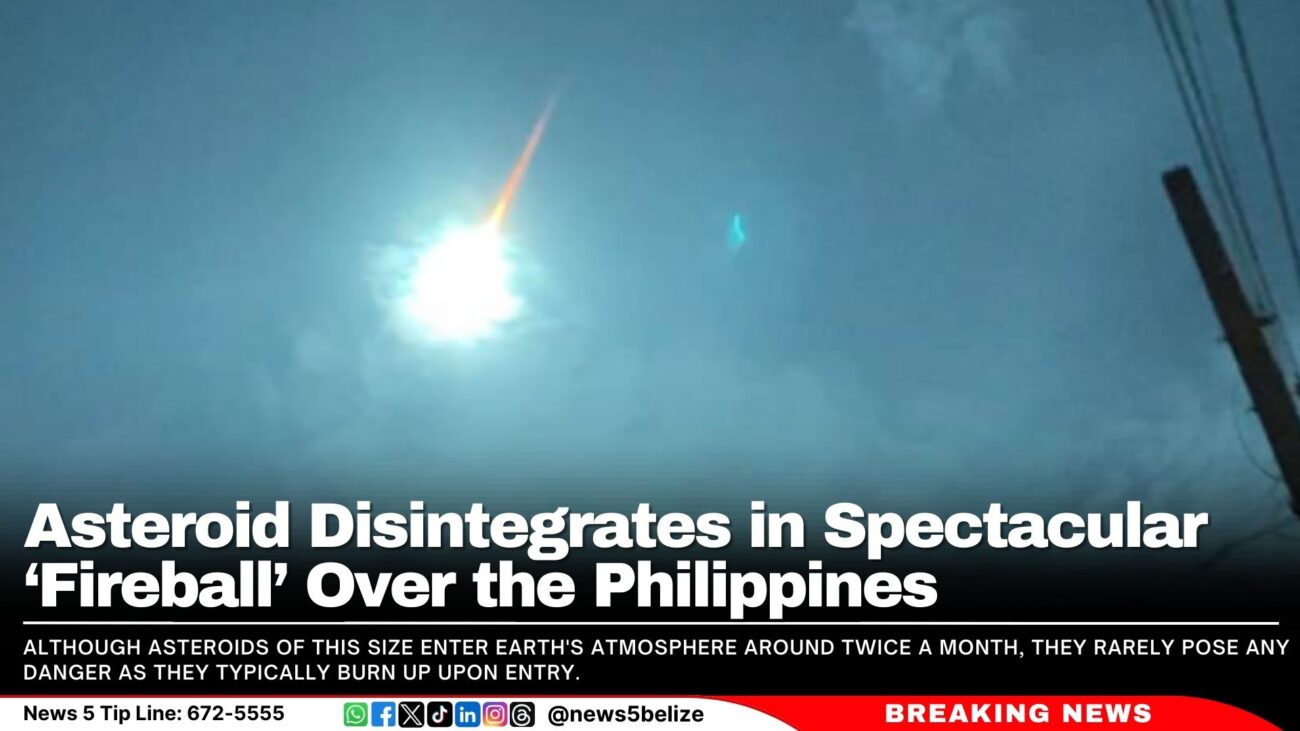Asteroid Disintegrates in Spectacular ‘Fireball’ Over the Philippines
An asteroid, identified as 2024 RW1, safely disintegrated in the Earth’s atmosphere, producing a brilliant “fireball” over the Philippines, NASA confirmed. The small asteroid, about 1 meter (3 feet) wide, was detected by astronomers in Arizona just hours before it broke apart over the western Pacific Ocean near Luzon Island at approximately 16:46 GMT on Wednesday.
This marks only the ninth time an asteroid has been spotted prior to its impact, according to the European Space Agency (ESA). Although asteroids of this size enter Earth’s atmosphere around twice a month, they rarely pose any danger as they typically burn up upon entry.
NASA’s Asteroid Watch had predicted that the impact could result in a visible fireball, leading residents on the east coast of the Philippines to capture and share images of the event on social media.
NASA’s Planetary Defense Coordination Office reported that multiple sensors confirmed the asteroid’s safe breakup. According to the *New Scientist*, the asteroid entered the atmosphere at a speed of 17.6 kilometers (10.9 miles) per second, equivalent to 63,360 kilometers (39,370 miles) per hour.
Alan Fitzsimmons, a professor of asteroid and comet science at Queen’s University Belfast, explained that while such speeds are typical for space rocks, they don’t leave time for the dramatic escapes often portrayed in movies. “You wouldn’t have time to run out and jump into your car,” he said.
The ESA reiterated that while small asteroids like 2024 RW1 are rarely detected before impact, larger asteroids—those capable of causing widespread damage—are much less common. Over 90 percent of these large space rocks have been identified, with none currently posing a threat to Earth.







Facebook Comments